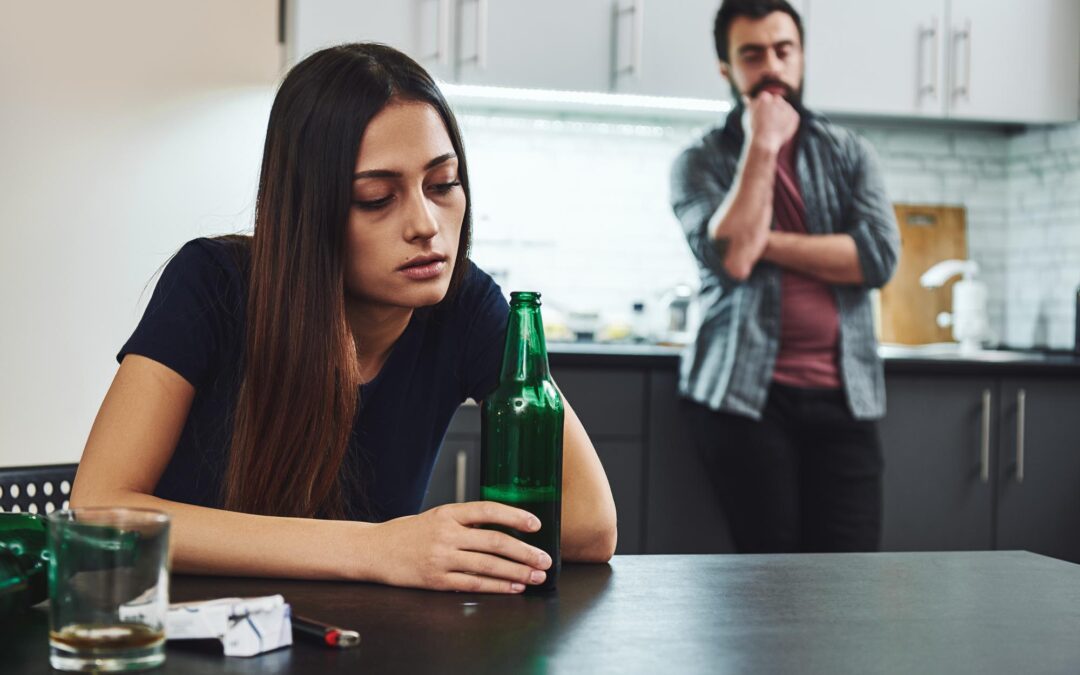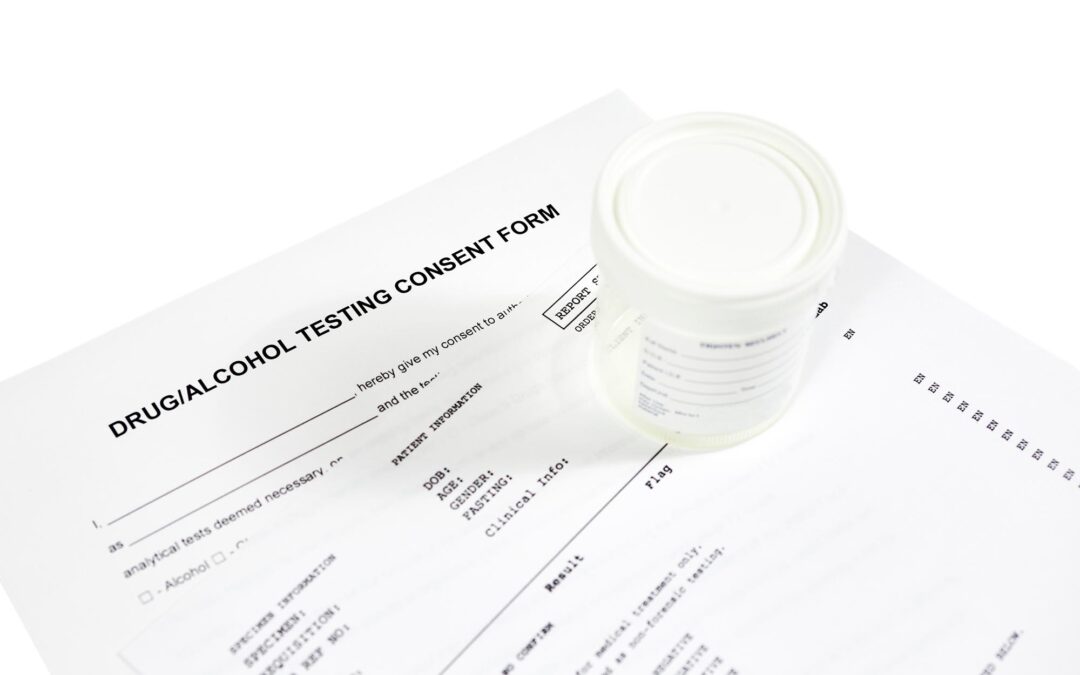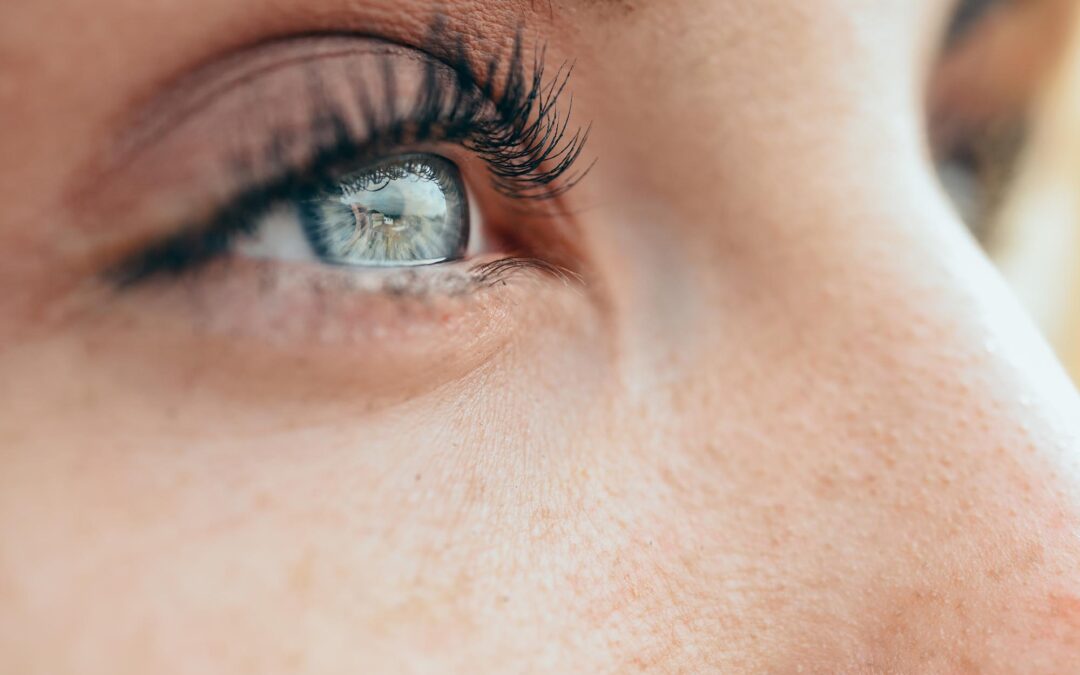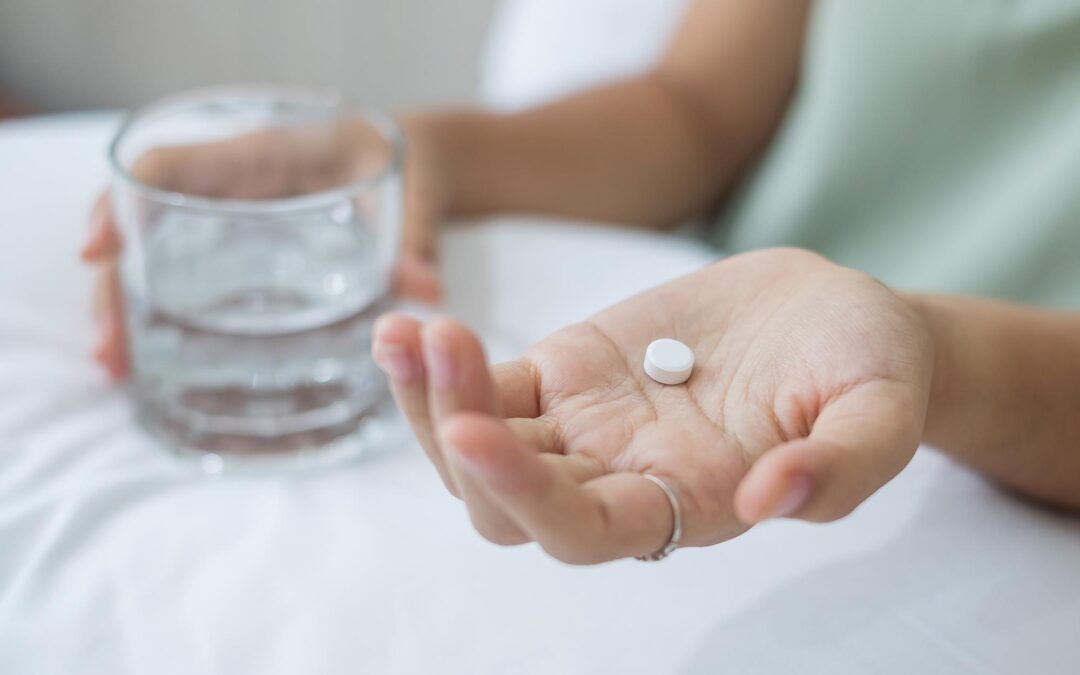A dopamine detox has gained significant attention as a powerful method to reset your brain's reward system and break free from addictive behaviors. This practice involves temporarily abstaining from activities that trigger excessive dopamine...


A dopamine detox has gained significant attention as a powerful method to reset your brain's reward system and break free from addictive behaviors. This practice involves temporarily abstaining from activities that trigger excessive dopamine...

Codependency creates an unhealthy bond where one person's self-worth depends on meeting another's needs, often at the expense of their own wellbeing. This complex behavioral pattern frequently emerges in relationships affected by addiction,...

"Am I becoming an alcoholic?" This question often signals a crucial moment of self-awareness. Alcoholism, clinically known as Alcohol Use Disorder (AUD), is a complex medical condition characterized by an impaired ability to control alcohol...

Understanding Inpatient Addiction Treatment Inpatient addiction treatment provides intensive, 24/7 care in a structured residential setting. You'll live at the treatment facility throughout your recovery journey, receiving comprehensive support and...

Understanding Alcohol Metabolism and Detection in Urine When you drink alcohol, your body begins processing it almost immediately using a complex metabolic system. The liver plays a central role in this process, utilizing specific enzymes to break...

Eye Movement Desensitization and Reprocessing (EMDR) therapy is a groundbreaking approach in addiction treatment, offering hope to individuals struggling with substance use disorders. This innovative therapeutic method uses bilateral...

Introduction Tizanidine is a powerful tool in the recovery process. It is a prescription muscle relaxant that works through the central nervous system, providing relief to those in need. This medication has gained popularity for its effectiveness...

Understanding Detoxification and Its Importance in the Recovery Process Starting your recovery journey can feel overwhelming, but understanding detoxification can help you take that crucial first step with confidence. Detox is the natural process...
Introduction The relationship between liquor marketing and consumer behavior reveals a complex web of influence that shapes drinking habits across society. Behind every carefully crafted alcohol advertisement lies a sophisticated strategy designed...

Introduction Azithromycin is one of the most prescribed antibiotics worldwide, treating a wide range of bacterial infections, from respiratory ailments to skin conditions. This powerful medication helps millions of people recover from infections...